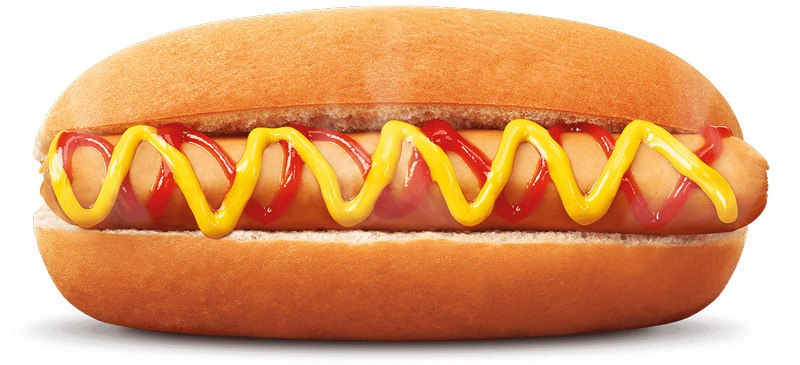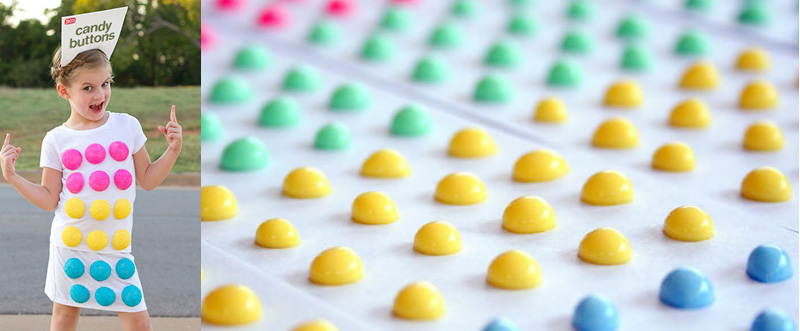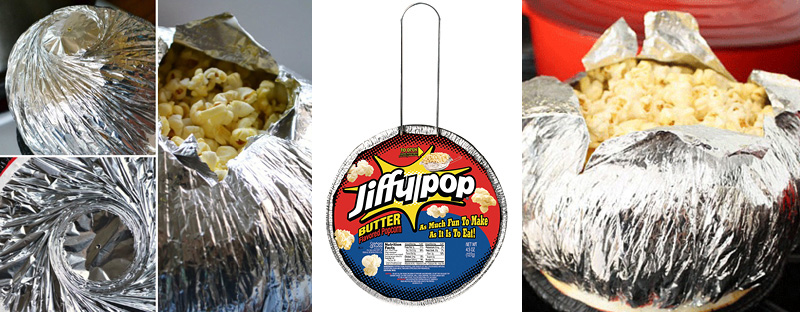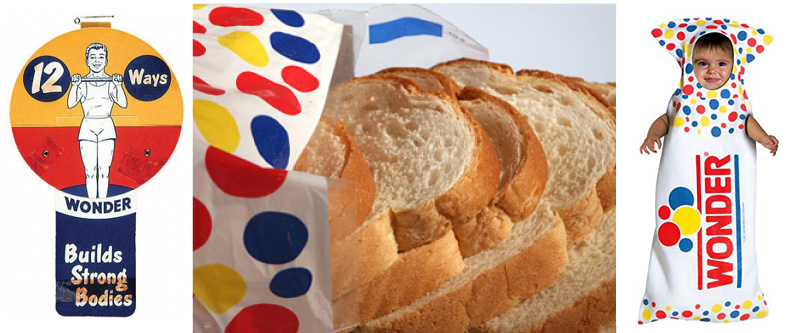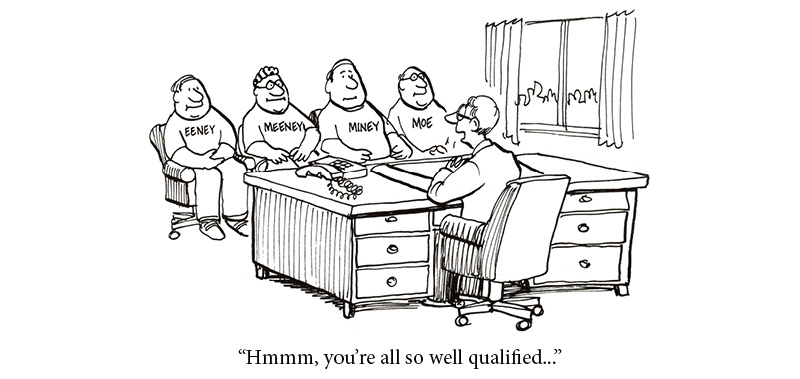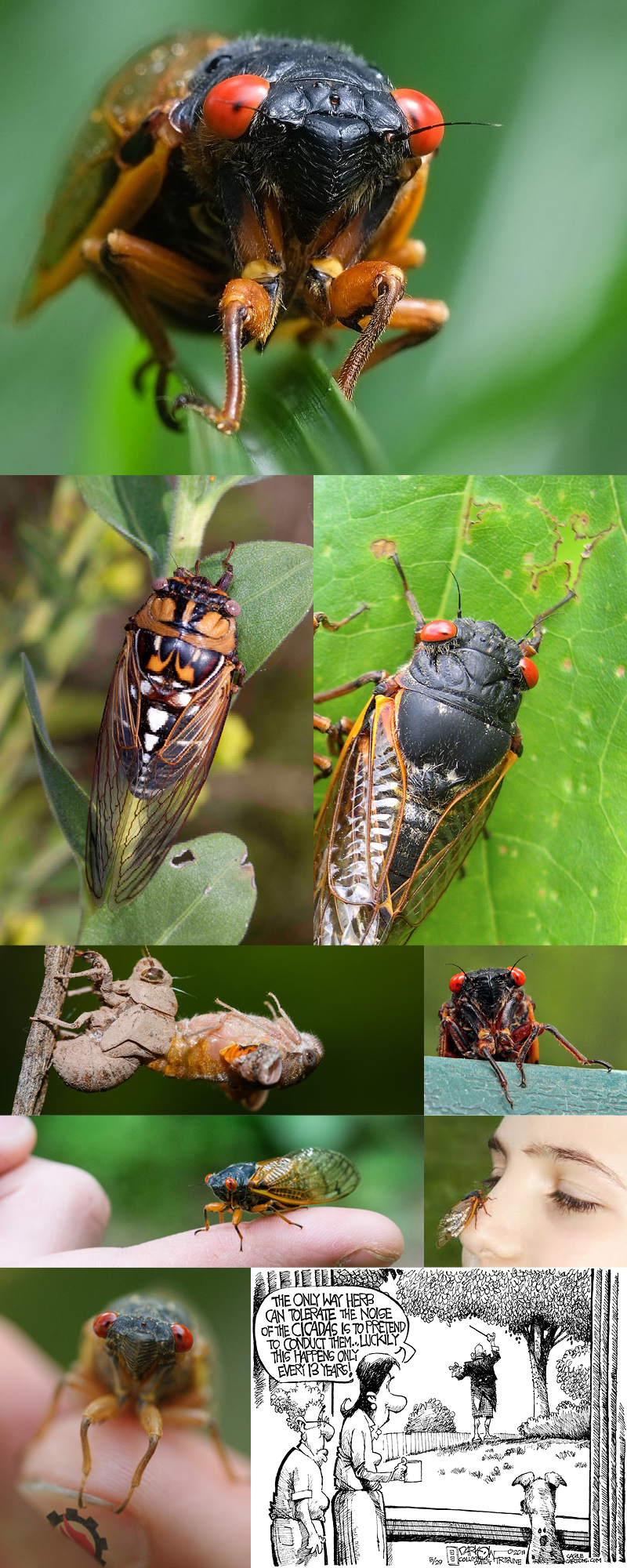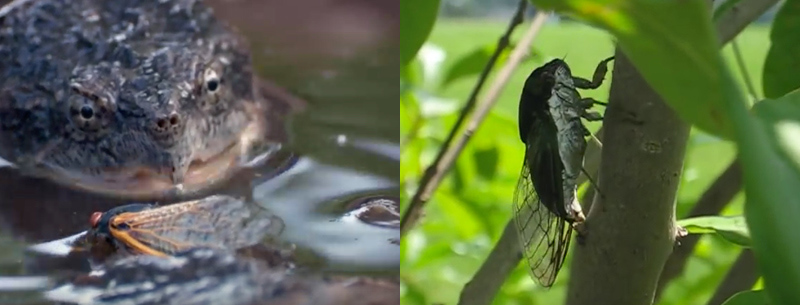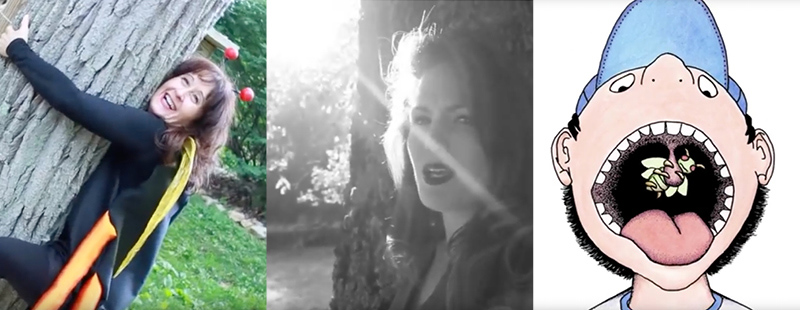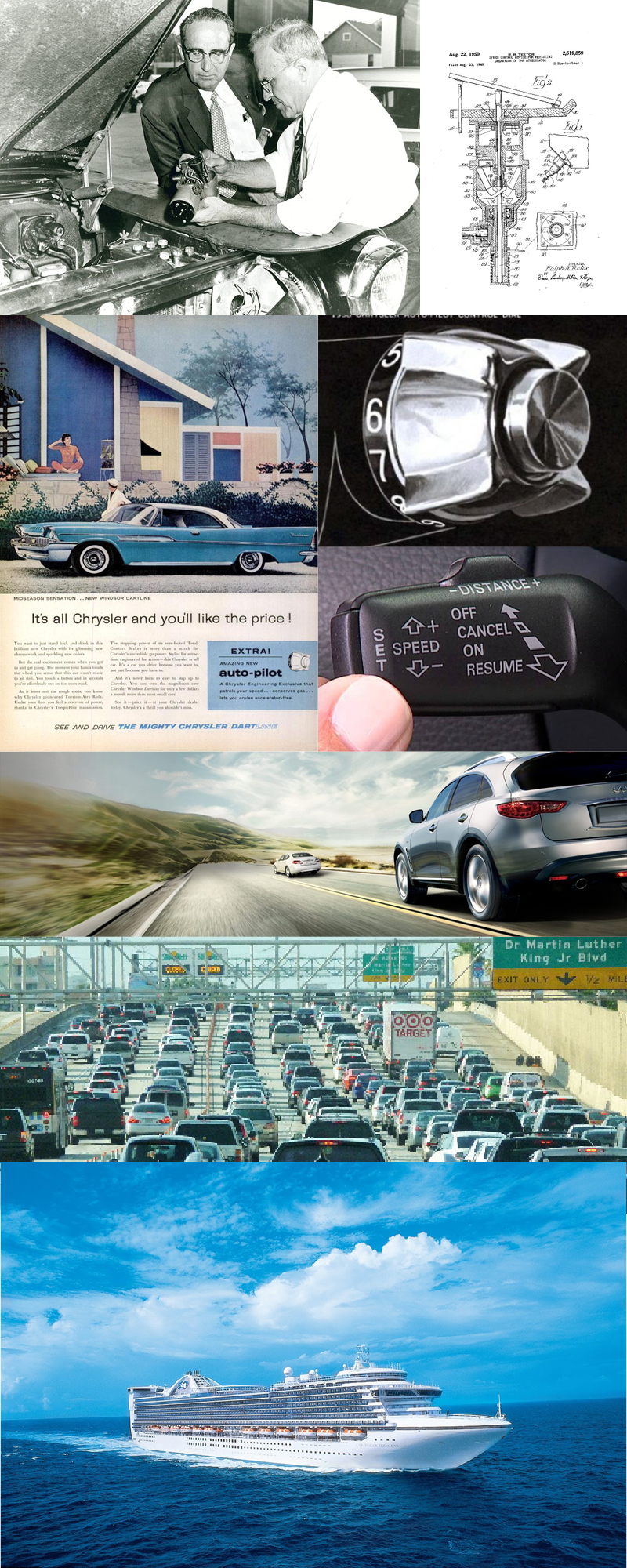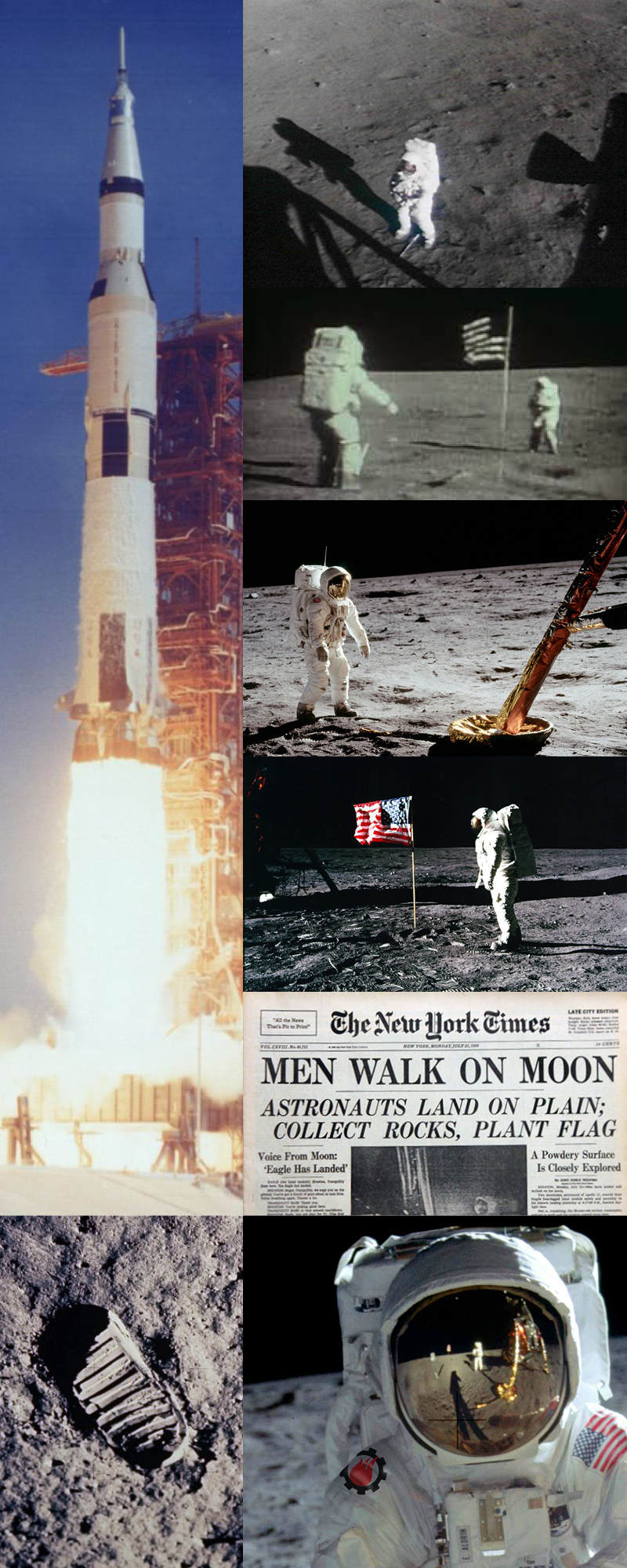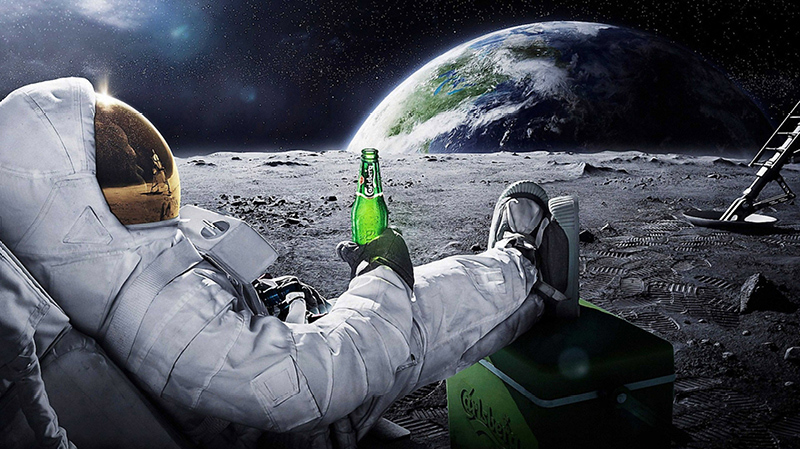Beginnings

(top) From the documentary “Elvis Presley: The Searcher” (2018). Watch the trailer HERE (row two)Presley performing live at the Mississippi-Alabama Fairgrounds in Tupelo, September 26, 1956. (row three) Presley’s birthplace in Tupelo, Mississippi; Elvis, about three years old, posed with mom Gladys and dad Vernon; Ten-year-old Elvis, second from right and wearing glasses, with talent show winners. Elvis came in fifth. (row four) Promo photos for “Jail House Rock” (row five) Young man Elvis. (Row six)some of his many album covers. (row seven) Signing autographs. (bottom) And this famous photo. Elvis, 21, and his mystery blonde caught in “The Kiss”—one of 48 shots taken by freelance photographer Alfred Wertheimer (assigned by RCA Records to follow Elvis on his first tour) in a stairwell at the Mosque Theatre in Richmond, Virginia, minutes before a concert, June 1956.
Check out these videos with the sound as high as you can possibly crank it:
WATCH Elvis at his peak. This is GREAT!!!!!!
Goofing around having fun. Elvis Presley Heartbreak Hotel (1968)
WATCH Elvis Presley – Return To Sender [Video]
WATCH Elvis Presley – Hound Dog 1956 LIVE
WATCH Elvis Presley – Blue Suede Shoes 1956 (COLOR and STEREO)
Most of us remember our “firsts”. Our first time playing a sport and scoring a goal/run/basket, our first friendships, our first kiss, our first breakup, our first time away from home, and our first job. My first job outside of KHT was “THE BAGEL SHOP” in Oxford, Ohio. Imagine, me and food! Don’t worry this will be for another post! Getting back to my first job, I was 13 with my brothers and sisters helping Dad as he started KHT. I can still remember my first day of work here at KHT. Growing up in a family business I was lucky to be “allowed” to do all sorts of jobs – welding, driving forklifts (lots of fun when you’re little!), packaging parts, although I was always in trouble because I would read the newspaper that we used to wrap parts in, which slowed things down! I even helped Dad with the processing. . Something clicked for me, and I knew then I was destined to be a “heat treating” man. At the time, little did I know that one day I’d be sitting on top of the organization, running five thermal processing divisions, supervising 6 plants and dozens of employees, juggling millions of investment dollars into new technology and infrastructure, solving thousands of PIA (Pain in the @%$) Jobs! and forever looking to the future with my team for better ways to delight our customers. In celebration of my “firsts” I looked to an American icon. Over 70 years ago this week, in his “first” known public musical performance Elvis Presley appeared in a talent show in Tupelo, Mississippi on October 3, 1945. He was just ten years old. Here’s a little history on how he got started, some “random” trivia, and fun links to video and songs. Crank up the sound and shake it! And thanks to Wikipedia, You Tube and onthisday.com.
- As the story goes, standing on a chair at a microphone, Elvis first public appearance was when he sang “Old Shep” at the Mississippi-Alabama Fair and Dairy Show. The show was broadcast over WELO Radio, though no recording of it now exists. Some reports say that he came in second and won a prize of five dollars in fair-ride tickets. Interviewed years later, however, Elvis recalled that he actually came in fifth and his most vivid memory of the day was receiving “a whipping from my Mama” for misbehaving. (A photograph taken of some of the contestants seems to bear out his recollection of the result. Wearing glasses, Elvis is standing empty-handed next to two other youngsters, both proudly clutching a trophy).
- Elvis purchased his first guitar when he was just 11 years old. He wanted a rifle, but his mama convinced him to get a guitar instead. At age 12, a local radio show offered a young Elvis a chance to sing live on air, but he was too shy to go on.
- His next known public performance was on November 6, 1948 when he played guitar and sang “Leaf On A Tree” as a farewell to his fellow students at Milam Junior School in Tupelo. The poverty-stricken Presleys then packed their belongings into a trunk, strapped it to the roof of their 1939 Plymouth car, and headed for Memphis, Tennessee, in search of a better life.
- Notoriously shy, Elvis could still be persuaded to perform and in 1953 he nervously sang in a student talent show at Humes High School in Memphis – his next step on the educational ladder. Much to his own amazement, he received more applause than anyone else and won. Pleased, he then performed an encore.
- Soon after, wanting to hear what his voice sounded like on a record, he called the Memphis Recording Service, home of the Sun label and made a private demo acetate of “My Happiness” and “That’s When Your Heartaches Begin” at a cost of about four dollars. Excited, he took the acetate home and gave it to his mother as a birthday present.
- When Sam Phillips, owner of the studio, heard the recording, he called the boy in to hear more. And the rest, as they say, is a part of our history.
- One of the most significant cultural icons of the 20th century, Elvis helped establish the emerging Rock and Roll sound, incorporating blues and gospel influences. He was also a leader in popularizing both the rockabilly sound and the four-man band line-up which would later dominate the music industry.
- His first single, “Heartbreak Hotel” (1956), a song inspired by a newspaper article about a local suicide, began a string of number-ones that radically reshaped American music and put Presley at the forefront of rock and roll.
- When performing on TV in 1956, host Milton Berle advised Elvis to perform without his guitar, reportedly saying, “Let ’em see you, son.” Elvis’ gyrating hips caused outrage across the U.S. and within days he was nicknamed Elvis the Pelvis. A Florida judge called Elvis “a savage” that same year because he said that his music was “undermining the youth.” He was subsequently forbidden from shaking his body at a gig, so he waggled his finger instead in protest.
- In 1958, he was drafted into the army and served in West Germany, earning $78 per month, unable to access his musical fortune back home. Following this he began a much-derided acting career and did not perform live for seven years. In 1968 he returned to the stage with the acclaimed “Elvis” special, and then took up an extended Las Vegas residency which became iconic in its own right.
- In 1959, while serving overseas in Germany, Elvis (then 24 years old) met his future wife, 14 year-old Priscilla Beaulieu. They were married 8 years later.
- Elvis’ 1960 hit “It’s Now or Never” so inspired a prisoner who heard it in jail that he vowed to pursue a career in music upon his release. The artist, Barry White, was then serving a 4-month sentence for stealing tires.
- A series of successful concert tours followed, as did the 1973 live concert special “Aloha from Hawaii”, which was a technological first.
- Elvis and Priscilla’s only daughter, Lisa Marie Presley, was born in 1968. Lisa Marie later married Michael Jackson and actor (and Elvis obsessive) Nicholas Cage. Mr. Cage is reportedly the only person outside of Presley’s immediate family to have ever seen Elvis’ Graceland bedroom.
- Elvis’ popularity faded in the 1960’s with the rise of the Beatles, the Rolling Stones, and others. He successfully relaunched his career with a 1968 television special that came about because Elvis had walked down a busy Los Angeles street and had no one recognize or approach him.
- Elvis Presley died on August 16, 1977 of a heart attack at his Graceland estate in Memphis, often considered to be the result of an accidental prescription drug overdose. He is buried in the Meditation Garden at Graceland mansion at 3764 Elvis Presley Boulevard in Memphis, Tennessee. It receives more than 600,000 visitors from around the world each year, making it one of the top attractions in the city and one of the most-visited private homes in the world.
- Presley is one of the best-selling artists in music history, recording over 600 songs (none of which he wrote) and sales of over 600 million units.

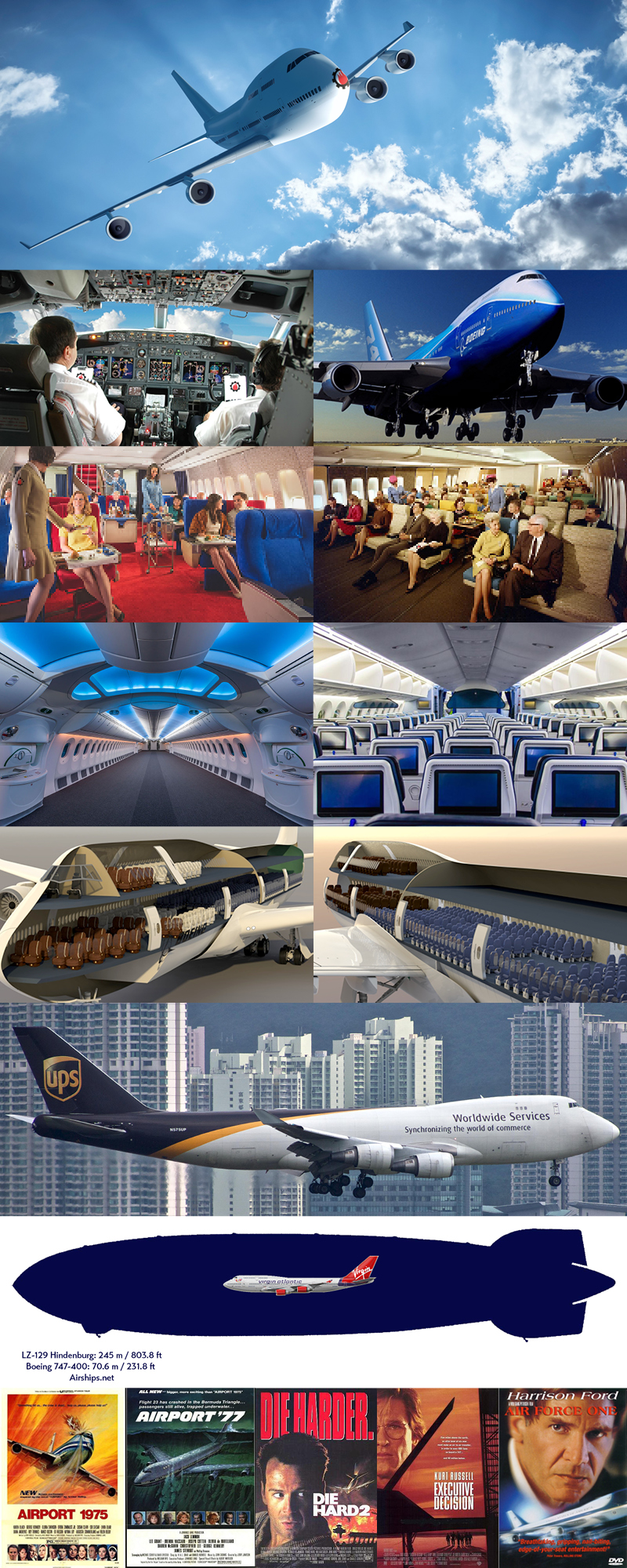

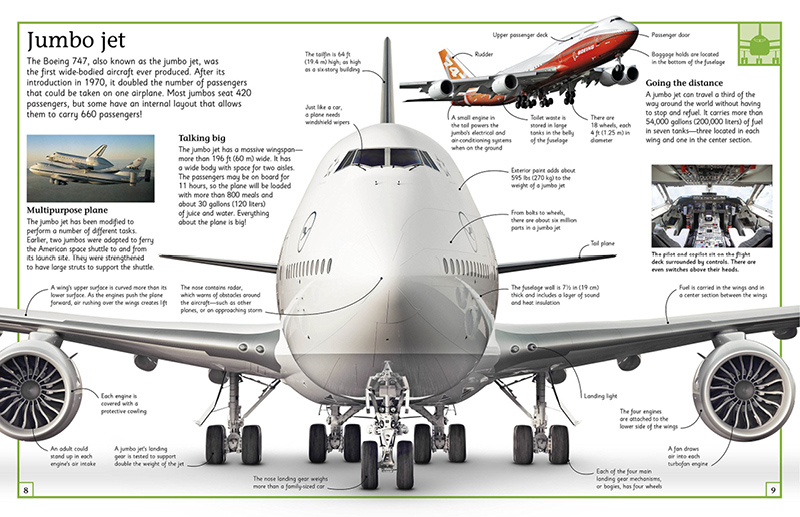

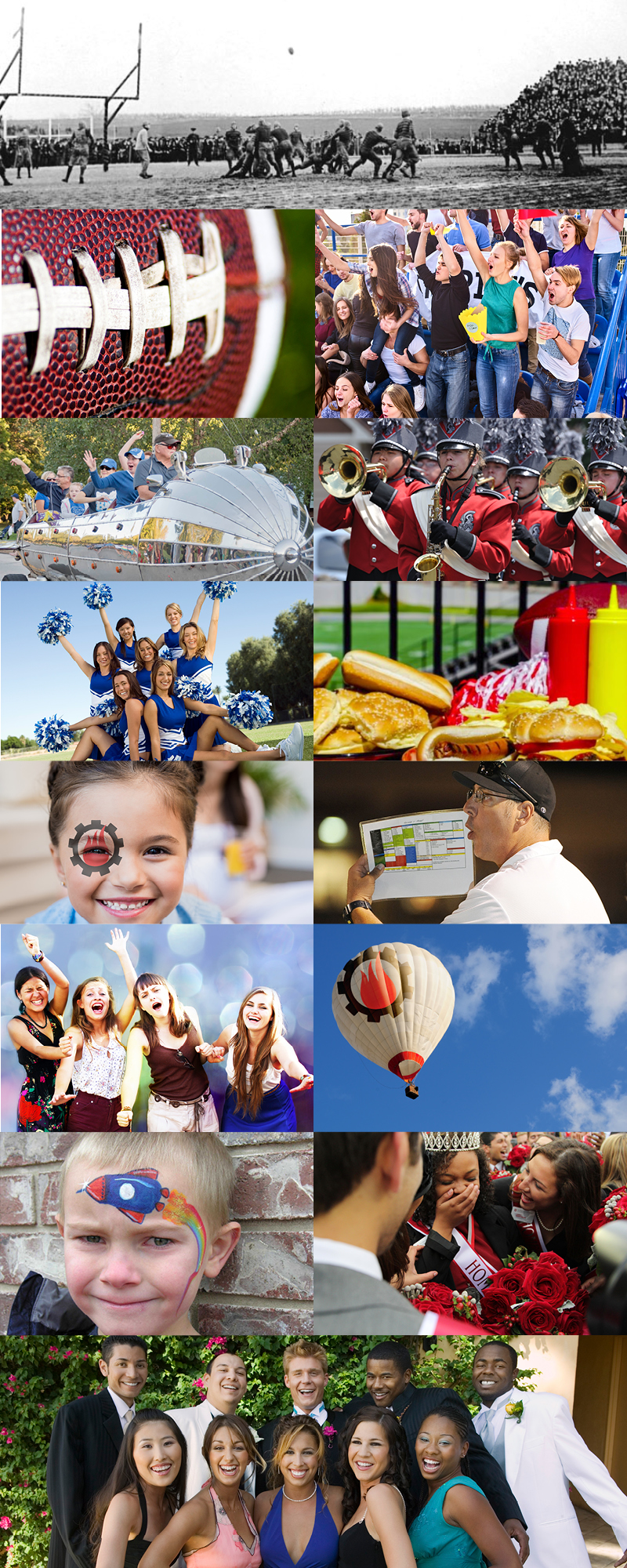
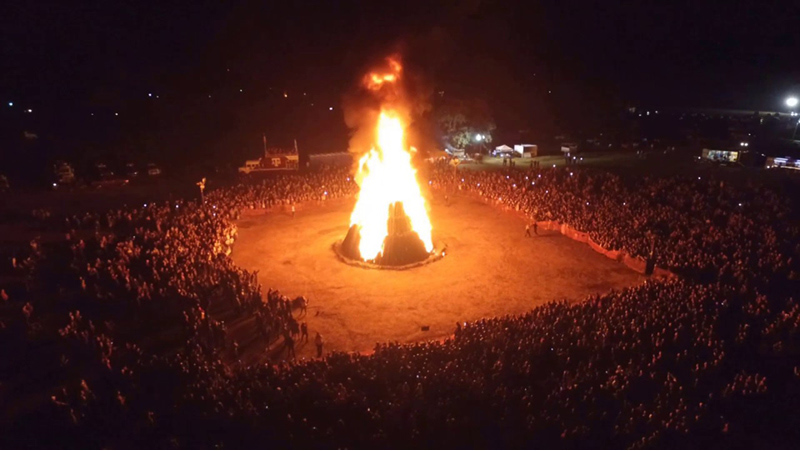 Some homecoming bonfires are better than other homecoming bonfires. This 2016 Texas A&M, Aggie Student Homecoming Bonfire is some homecoming bonfire.
Some homecoming bonfires are better than other homecoming bonfires. This 2016 Texas A&M, Aggie Student Homecoming Bonfire is some homecoming bonfire.


